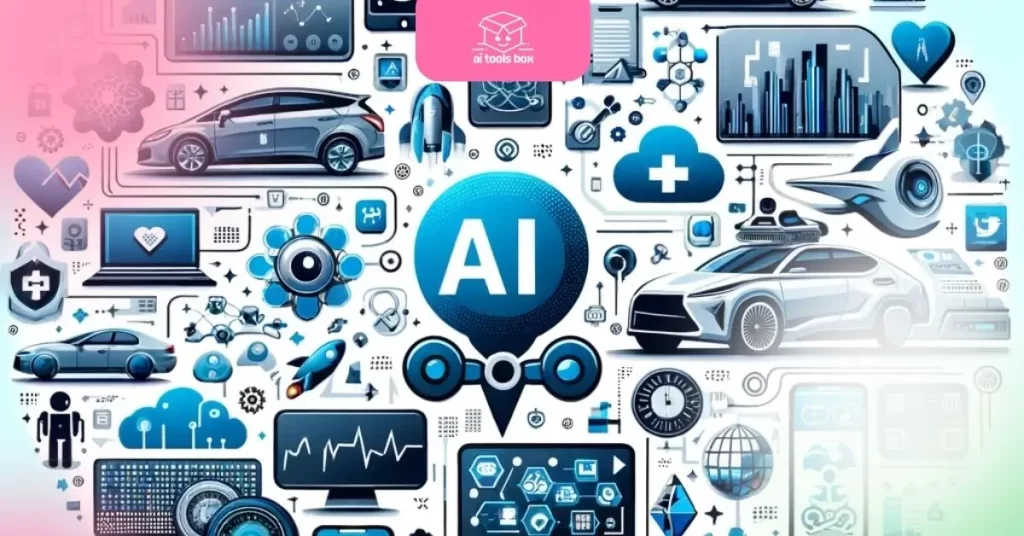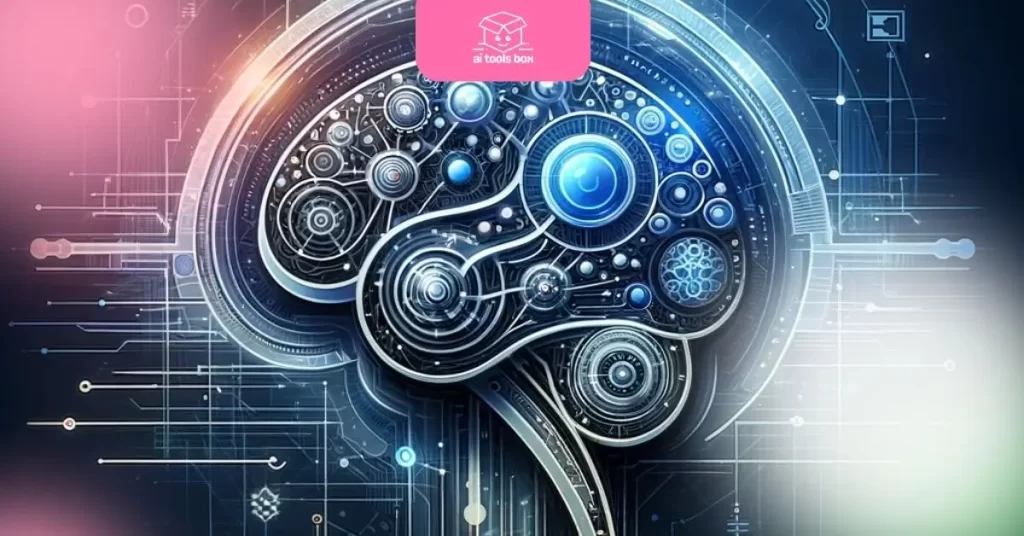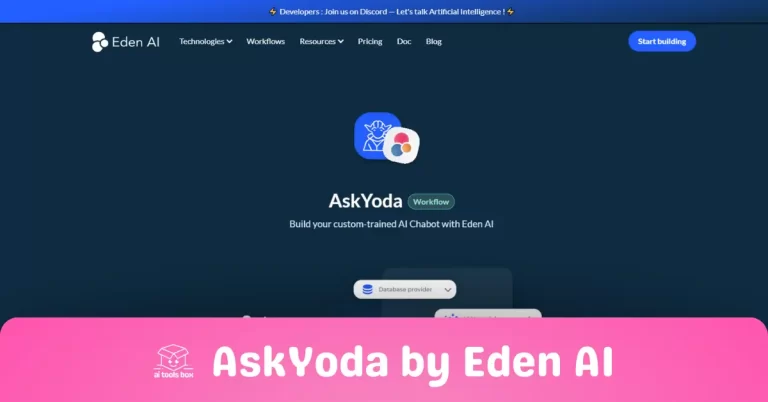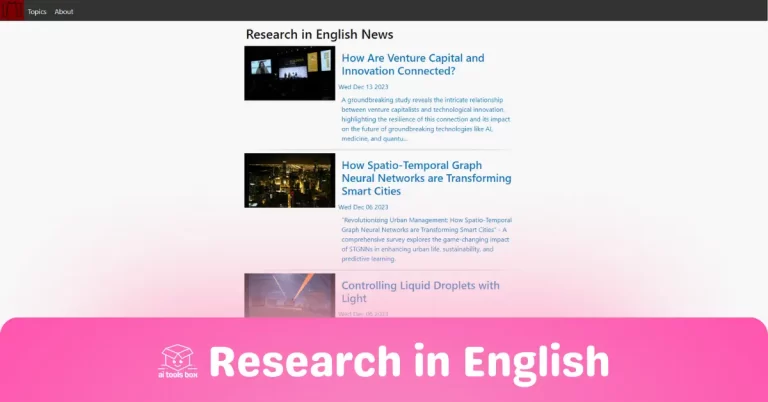AI Demystified: Exploring the Fundamental Concepts
Artificial intelligence (AI) is a term that sparks imagination and curiosity. Once a concept confined to the realms of science fiction, AI has now become an integral part of our everyday lives. But what exactly is AI? At its core, AI is about creating machines that can perform tasks requiring human intelligence. These tasks range from recognizing speech, making decisions, understanding languages, and even identifying patterns or objects.
In this article, “AI Demystified: Exploring the Fundamental Concepts,” we will journey through the basic principles of AI. Our goal is to unravel the mysteries surrounding this technology, making it more accessible and understandable. We'll delve into the history of AI, explore its key components like algorithms and neural networks, look at its various applications, and discuss future trends and ethical considerations.
As we embark on this exploration, it's essential to understand that AI is not just a singular technology but a constellation of techniques and theories converging to mimic human intelligence. Whether you're a tech enthusiast, a student, or just curious about AI, this article aims to provide a clear and concise understanding of the fundamental concepts of AI.
The History and Evolution of AI: From Concept to Reality

The journey of artificial intelligence (AI) is a fascinating tale of innovation, theory, and practical application. From the beginning of artificial intelligence to the sophisticated systems we see today, there have been several turning points in its evolution:
- The Early Concepts (1940s–1950s): The concept of AI began to take shape with the development of the first computers. Pioneers like Alan Turing laid the theoretical groundwork with ideas like the Turing Test, which proposed a measure for machine intelligence.
- The Birth of AI (1956): The term ‘Artificial Intelligence' was officially coined at the Dartmouth Conference in 1956. This event marked the recognition of AI as a field of study, leading to a surge in interest and research.
- Initial Progress and Challenges (1960s–1970s): Early AI research focused on problem-solving and symbolic methods. However, the field faced its first major setback, known as the “AI Winter,” due to inflated expectations and subsequent reduced funding.
- The Rise of Machine Learning (1980s–1990s): The introduction of machine learning marked a paradigm shift in AI. Instead of pre-programmed rules, AI systems could now learn from data, leading to more adaptable and powerful applications.
- The Era of Deep Learning and Neural Networks (2000-Present): The advent of big data and increased computational power led to the development of deep learning and neural networks. This era witnessed AI breakthroughs in image and speech recognition, natural language processing, and more.
Today, AI is a rapidly advancing field, continually pushing the boundaries of what machines can do. Its evolution reflects the culmination of decades of research, theoretical developments, and technological advancements. As we continue to innovate, the future of AI promises even more transformative changes across various sectors.
Key Components of AI: Algorithms, Machine Learning, and Neural Networks

Understanding AI requires a grasp of its foundational elements: algorithms, machine learning, and neural networks. These components are the building blocks that make AI systems function and learn.
- Algorithms: The Rule Set of AI: At the heart of any AI system are algorithms. These are sets of rules or instructions that the AI follows to perform tasks. Algorithms range from simple decision trees to complex optimization problems and are crucial in defining how an AI system processes information.
- Machine Learning: AI's Learning Process: Machine learning is a subset of AI that enables systems to learn and improve from experience without being explicitly programmed. It involves feeding data into algorithms, allowing the AI to learn patterns and make decisions. Machine learning is behind many of AI's most impressive feats, like speech recognition and predictive analytics.
- Neural Networks: Mimicking the Human Brain: Neural networks are a specialized set of algorithms modeled after the human brain. They consist of interconnected nodes (like neurons) that process information in layers. These networks can learn and make intelligent decisions by analyzing large amounts of data. They are particularly effective in tasks like image and voice recognition.
Together, these components form the backbone of AI systems. Algorithms provide the methods; machine learning offers the capability to learn and adapt; and neural networks bring a level of complexity and power that mimics human cognition. Understanding these key components is essential to appreciating how AI works and its potential applications.
Applications of AI: How It's Changing Industries

Artificial intelligence (AI) is not confined to the realms of research and development; it has permeated a myriad of industries, revolutionizing them in unprecedented ways:
- Healthcare: AI in healthcare is a game-changer. From AI-driven diagnostics to personalized treatment plans and drug discovery, AI is enabling faster, more accurate medical care. It's also playing a crucial role in predictive health analytics, improving patient outcomes.
- Finance and Banking: The finance sector has embraced AI for risk assessment, fraud detection, algorithmic trading, and personalized banking services. AI's ability to analyze vast datasets helps in making more informed decisions, enhancing customer experience, and ensuring financial security.
- Automotive: The automotive industry is at the forefront of AI innovation with the development of autonomous vehicles. AI algorithms process data from sensors and cameras to navigate and operate vehicles safely. Additionally, AI is used in supply chain management and predictive maintenance in the automotive sector.
- Retail and E-commerce: AI is transforming the retail experience through personalized recommendations, inventory management, and customer service chatbots. It analyzes consumer behavior to optimize product placements and shopping experiences, driving sales and customer satisfaction.
- Entertainment and Media: In entertainment, AI is used for content recommendation, special effects, and even creating music and art. It's reshaping how content is created, distributed, and consumed, offering personalized experiences to audiences.
The diverse applications of AI demonstrate its versatility and impact. AI is not just shaping the future; it is actively molding the present across various sectors, driving innovation, efficiency, and growth.
Future Trends and Ethical Considerations in AI

As we look ahead, the future of AI is both promising and laden with critical ethical considerations. Here are some key trends and ethical aspects that will shape the future of AI:
- Advancements in AI Technology: AI is expected to become more sophisticated, with advancements in areas like quantum computing, emotional AI, and more complex neural networks. These developments will further enhance AI's capabilities, making it an even more integral part of our lives.
- Ethical AI: As AI technology advances, the need for ethical AI becomes paramount. Issues like data privacy, algorithmic bias, and transparency are at the forefront. Ensuring that AI systems are fair, transparent, and respect user privacy will be crucial.
- Regulatory Frameworks: The growth of AI will likely see more robust regulatory frameworks being developed and implemented. These regulations will aim to manage the impact of AI on society, focusing on ensuring responsible and ethical usage.
- AI in Sustainability and Climate Change: AI will play a significant role in addressing global challenges like climate change and sustainability. Its ability to analyze large datasets can be crucial in environmental monitoring, resource management, and developing sustainable solutions.
- Human-AI Collaboration: The future will likely see increased collaboration between humans and AI, leading to augmented human intelligence. This synergy will aim to leverage the strengths of both AI and human intelligence for more efficient problem-solving and innovation.
As we embrace these future trends, maintaining a balance between innovation and ethical responsibility will be essential. The journey ahead with AI is as much about technological advancement as it is about shaping a future that aligns with our values and ethical standards.
Conclusion: Embracing the AI Revolution with Responsibility and Vision

As we conclude our exploration of the fundamental concepts of artificial intelligence, it's clear that AI is not just a technological marvel but a catalyst for transformation across various domains. From revolutionizing industries to reshaping daily life, AI's influence is far-reaching and profound.
However, as we stand on the cusp of this AI revolution, it's imperative to approach this transformative technology with both responsibility and vision. The ethical considerations and future trends we discussed highlight the need for a balanced approach that prioritizes human values and societal well-being alongside technological advancement.
AI's journey from a theoretical concept to a practical tool has been remarkable, and its future promises even greater innovations. As we move forward, our challenge and opportunity lie in harnessing AI's potential responsibly, ensuring it serves as a force for good, enhancing human capabilities, and addressing the world's most pressing challenges.
By embracing AI, we open doors to a world of possibilities. The key is to navigate this new era with an informed understanding, ethical considerations, and a commitment to using AI to create a better, more efficient, and more equitable future for all.





